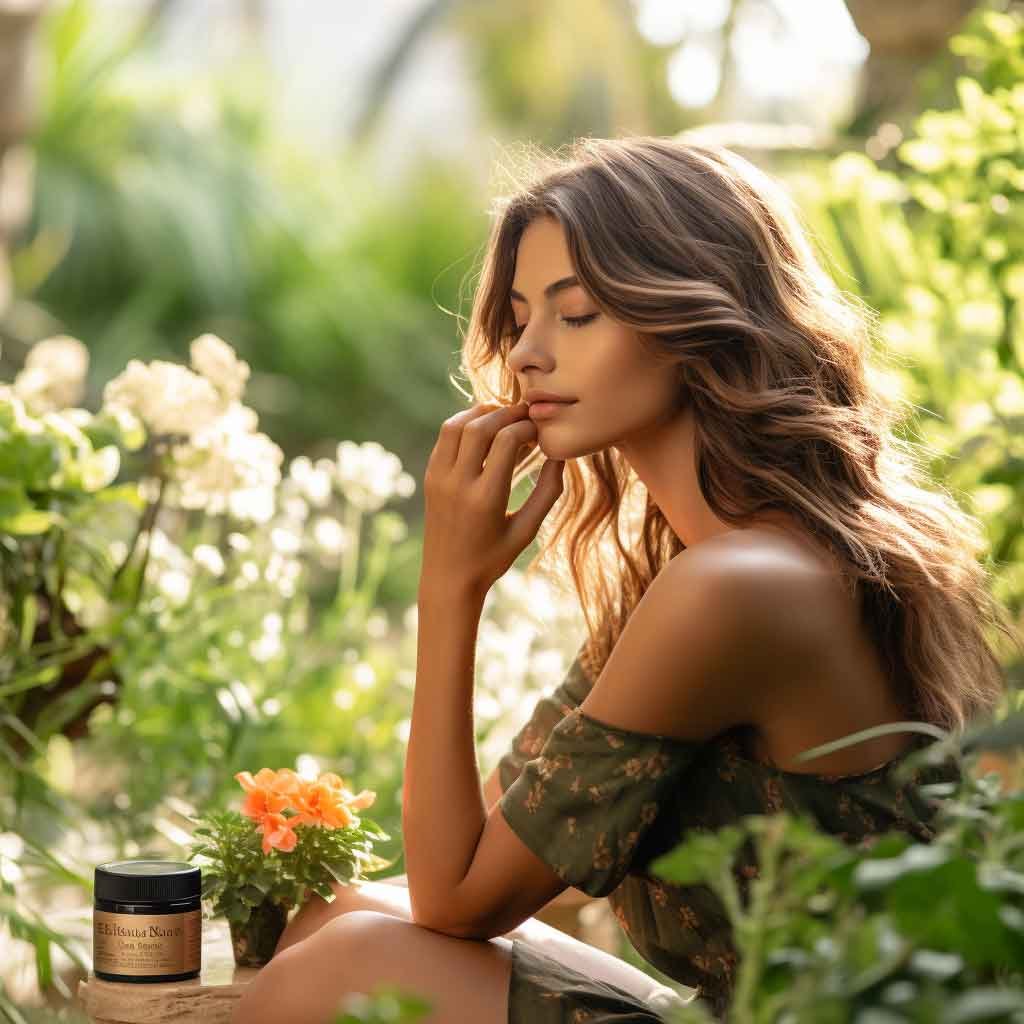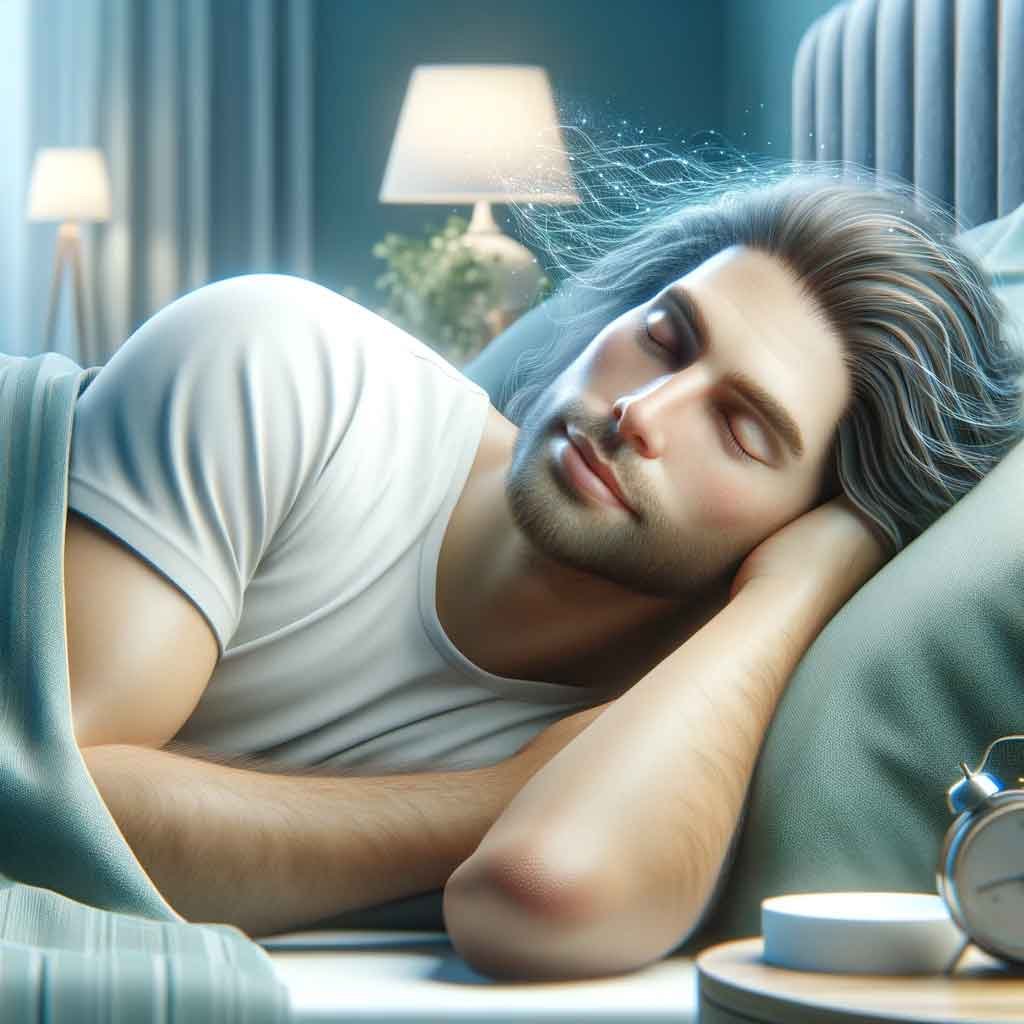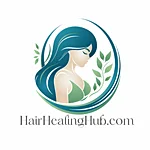Nurturing Your Locks: How Lifestyle and Environment Shape Hair Health
While the biological aspects of hair growth, such as the Hair Growth Cycle, are frequently a focal point in discussions, it’s equally crucial to acknowledge the profound impact of our lifestyle choices and environment. These external factors, encapsulated in the lifestyle and environmental effects on hair growth, play a significant role, often working subtly yet powerfully to shape the health and vitality of our hair.
The Power of a Healthy Lifestyle on Hair Health Our daily choices, from the foods we consume to exercise habits, significantly influence our hair’s health. A balanced diet rich in vitamins and minerals promotes robust hair growth, while regular physical activity enhances circulation, benefiting hair follicles. Understanding these connections helps us appreciate the holistic nature of hair health.
Environmental Influences and Natural Hair Care Routines The quality of the air we breathe and the water we use can significantly affect our hair. Pollutants and hard water can strip away natural oils, leading to dryness and damage. Natural hair care routines, including gentle, eco-friendly products, can mitigate these adverse effects. This holistic approach ties into the broader concept of the environmental effects on hair growth, emphasizing the importance of nurturing our hair internally and externally.
By exploring these nuances, we gain a clearer insight into the intricate tapestry of factors governed by lifestyle and environmental effects on hair growth, empowering us to make informed choices in our daily lives to foster healthier, stronger hair. If you want more insights into tailoring your hair care routine to your specific hair type, please visit our Identifying Your Hair Type section.
Stress and Its Influence on Hair
Stress affects our body, including our hair, more than we realize. It can trigger hair loss conditions, such as telogen effluvium, where hair prematurely enters the resting phase, leading to noticeable shedding. This condition is usually temporary but can cause significant distress. Furthermore, chronic stress doesn’t just affect hair shedding; it can also influence the nutrient supply to hair follicles, hindering their growth and health. Poor nutrient supply means hair may fall out more and lose its lustre and strength, leading to brittle and weak hair. Understanding the connection between stress and hair health is crucial in identifying effective treatment strategies and preventive measures.
Stress Management for Hair Loss: A Key Component
Managing stress is not just beneficial for our mental health; it’s essential for overall health, specifically for preventing hair loss. Incorporating yoga, meditation, or regular exercise into your daily routine can significantly reduce stress levels. These activities work by calming the mind, balancing hormones, and improving blood circulation, which are beneficial for a healthier hair growth cycle. In our Stress Management for Hair Loss section, we delve deeper into these techniques, examining how each can contribute to maintaining and improving hair health. We also explore how combining these stress-reduction strategies with a balanced diet and adequate sleep can create a holistic approach to combat stress-related hair loss.
The Hormonal Link Between Stress and Hair Health
The connection between stress hormones, like cortisol, and hair health is critical to understand. When stressed, these hormones can disrupt the natural growth patterns of our hair, often leading to thinning and loss. This hormonal upheaval can make scalp treatments less effective and disrupt the overall wellness of our hair. Recognizing and addressing these hormonal imbalances is crucial. We can mitigate these effects through lifestyle adjustments and stress-reduction techniques, such as mindfulness practices and possibly consulting healthcare professionals for more severe cases. Our section on hormonal balance provides in-depth insights into how stress affects hormonal health and hair health, offering practical solutions to manage these challenges effectively.

Scalp Health: The Bedrock of Hair Growth
A healthy scalp is the foundation for healthy hair. It’s a crucial aspect often overlooked in routine hair care. External factors such as pollution, harsh weather conditions, and even inappropriate hair care products can lead to various scalp issues, including dryness, flakiness, and irritation. These problems can impede hair growth and even lead to hair loss. A scalp not in good health can create an unfriendly environment for hair follicles, affecting the strength and quality of new hair growth. Addressing scalp health means looking at external care and considering internal factors like diet and hydration, which play a significant role in maintaining a healthy scalp and, consequently, healthy hair.
Essentials of Scalp Care for Optimal Hair Health
When it comes to hair care, regular scalp maintenance is non-negotiable. Regular scalp care removes buildup, dead skin cells, and excess oil, including gentle cleansing and occasional exfoliation. A well-maintained scalp fosters the ideal environment for hair follicles, enhancing hair growth and vitality. Our Scalp Care section provides in-depth knowledge on maintaining a healthy scalp. Here, you’ll find expert tips and advice on dealing with different scalp types and conditions, whether you have a dry, oily, or sensitive scalp. We also explore the role of hydration and nutrition in scalp health, offering recommendations for topical treatments and dietary adjustments that can aid in maintaining a balanced and healthy scalp.

The Role of Healthy Scalp Treatments in Hair Care
Incorporating healthy scalp treatments into your routine can significantly affect your hair’s health and appearance. Hydrating masks, natural oils, and serums specially formulated for the scalp can soothe, nourish, and rejuvenate the scalp, promoting more robust and healthier hair growth. These treatments are particularly vital in repairing damage caused by environmental stressors and chemical treatments. Alongside gentle cleansing and exfoliation, such treatments ensure that the scalp remains free from irritations and imbalances that can hinder hair health. In our discussions about scalp treatments, we delve into various options, from over-the-counter products to home remedies, helping you find the most suitable solutions for your unique scalp and hair needs.
The Significance of Quality Sleep for Hair
Good sleep is vital not just for our cognitive function and physical health but also for our hair. It’s a critical yet often overlooked element in hair care routines. During sleep, our body goes into a state of recovery and repair, crucial for various physiological functions, including rejuvenating hair follicles. A consistent lack of sleep can lead to hormonal imbalances, notably in stress hormones like cortisol, which can adversely affect the hair growth cycle. These imbalances can trigger conditions like telogen effluvium, increasing hair shedding. Furthermore, sleep deprivation can weaken the immune system, potentially exacerbating scalp conditions and negatively impacting hair health.
Impact of Sleep on Hair Growth: Understanding the Connection
Understanding the connection between sleep and hair growth is vital to maintaining healthy hair. Ensuring a regular sleep schedule and creating a restful environment are critical for hair health. Quality sleep supports the body’s natural regeneration processes, which is crucial for maintaining strong and healthy hair. During deep sleep, blood flow to the skin and scalp increases, delivering essential nutrients and oxygen that aid hair growth and repair. This is also when growth hormones are released, which help in cell regeneration and hair growth. Disruptions in sleep patterns can hinder these natural processes, impacting hair’s ability to grow and maintain its health.
Creating a Hair-Friendly Sleep Routine
Adopting hair-friendly sleep practices can further enhance hair health. Silk pillowcases can reduce hair friction, minimizing breakage and frizz. Minimizing hair tension during sleep, such as avoiding tight hairstyles, can also help prevent hair damage and breakage. Alongside a consistent sleep schedule, these small changes can significantly prevent hair breakage and promote growth. Moreover, incorporating a nighttime hair care routine, such as gentle brushing and applying leave-in treatments, can provide additional benefits, nourishing the hair while you sleep. Integrating these practices into your nightly routine can make a noticeable difference in your hair’s health and appearance.

Environmental Factors: Pollution’s Impact on Hair
Environmental pollution is a significant factor affecting hair health. Daily exposure to pollutants, such as smoke, dust, and industrial emissions, can harm the scalp and hair. These pollutants can settle on the scalp and hair, leading to irritation, inflammation, and damage. They can also strip away natural oils, leaving hair dry, brittle, and more susceptible to breakage. Over time, these effects can weaken hair strands and even affect the scalp’s ability to support healthy hair growth. Understanding the extent of pollution’s impact is crucial in developing an effective hair care routine to counteract these harmful environmental influences.
Combating Pollution’s Effects with Protective Hair Care
To mitigate the harmful effects of pollution, the use of protective hair products is essential. Covering your hair in highly polluted environments, like cities with high levels of air pollution or industrial areas, can significantly reduce direct exposure to these harmful elements. Products rich in antioxidants and natural ingredients can act as a barrier against pollutants, preserving the integrity and moisture of your hair. These products can include specially formulated shampoos, conditioners, and leave-in treatments that help to shield the hair from environmental damage. For the best product recommendations, consider those explicitly designed for pollution defence, as they often contain vitamins, minerals, and essential oils known for their protective properties.

Pollution and Hair Damage: Understanding the Risks
Exposure to pollution affects not only the hair’s surface but can also penetrate the scalp, potentially disrupting the normal hair growth cycle. This penetration can lead to a buildup of toxins that irritate the scalp, exacerbate existing scalp conditions, and affect overall hair health. Regular detoxification and deep cleansing are crucial in removing these harmful residues and restoring scalp health. This might involve clarifying shampoos, scalp scrubs, and treatments designed to deeply cleanse the scalp and hair, effectively removing pollutant particles. Additionally, incorporating a regular hair mask or deep conditioning treatment can help to replenish moisture and nutrients lost due to environmental stressors.
For more detailed information on safeguarding your hair against environmental damage, explore our comprehensive guide in the Hair Oils: Benefits and Application section. This guide provides insights into how various hair oils can protect and nourish the hair, alongside other practical tips and advice for maintaining hair health in polluted environments.
Lifestyle Choices: Exercise and Hair Health
Regular physical activity can boost hair health by improving blood flow, which enhances nutrient delivery to the scalp and hair follicles. However, managing sweat build-up is essential as it can cause scalp irritation. A routine of gentle cleansing post-exercise can be beneficial.
Regular exercise isn’t just good for your body; it’s also crucial for maintaining hair health. Activities like jogging, swimming, or brisk walking increase blood circulation throughout the body, including the scalp. This increased blood flow means more nutrients and oxygen are delivered to hair follicles, promoting healthy hair growth.
While exercise is beneficial, balancing it with proper scalp care is essential. Sweat can accumulate on the scalp, leading to buildup and potential irritation. Incorporating a post-workout hair care routine, which includes mild shampoos and hydrating conditioners, can help maintain a healthy scalp and prevent any negative impact from exercise.
Regular physical activity can boost hair health by improving blood flow. To learn more about balance exercise with proper hair care, dive into our resources in the Scalp Treatments for Healthy Hair Growth section.

In Conclusion
Recognizing the lifestyle and environmental effects on hair growth is crucial for anyone looking to improve their health. From managing stress and ensuring a healthy scalp to getting adequate sleep and protecting hair from environmental factors, these aspects play a significant role in nurturing your locks.
Embracing Comprehensive Hair Care Practices
To embrace more comprehensive hair care, it’s essential to understand the profound impact of environmental exposures on hair health. Research shows that exposure to pollutants and UV radiation can damage hair and accelerate aging, highlighting the importance of protective strategies in hair care (Appenzeller et al., 2020). Nutritional factors are also critical, with evidence suggesting that nutrients can counter oxidative stress and support hair growth cycles (Rajput, 2022). Thus, incorporating practices like proper nutrition, regular exercise, and using the right hair care products forms the cornerstone of maintaining vibrant, healthy hair.
The Journey to Healthier Hair
The path to healthier hair is a journey that involves understanding and adapting to the various internal and external factors that influence hair health. Stress, for example, can significantly affect hair health, as evidenced by a study linking chronic biological stress in adolescents to environmental factors like urbanicity (Verheyen et al., 2021). By being mindful of these factors and taking proactive steps, you can significantly enhance the quality and health of your hair.
Recognizing the lifestyle and environmental effects on hair growth is crucial. For a deep dive into effective hair care strategies and community insights, explore our Basic Hair Care and Trends & Community sections.
